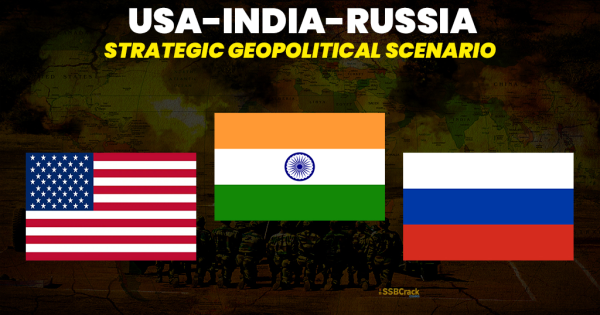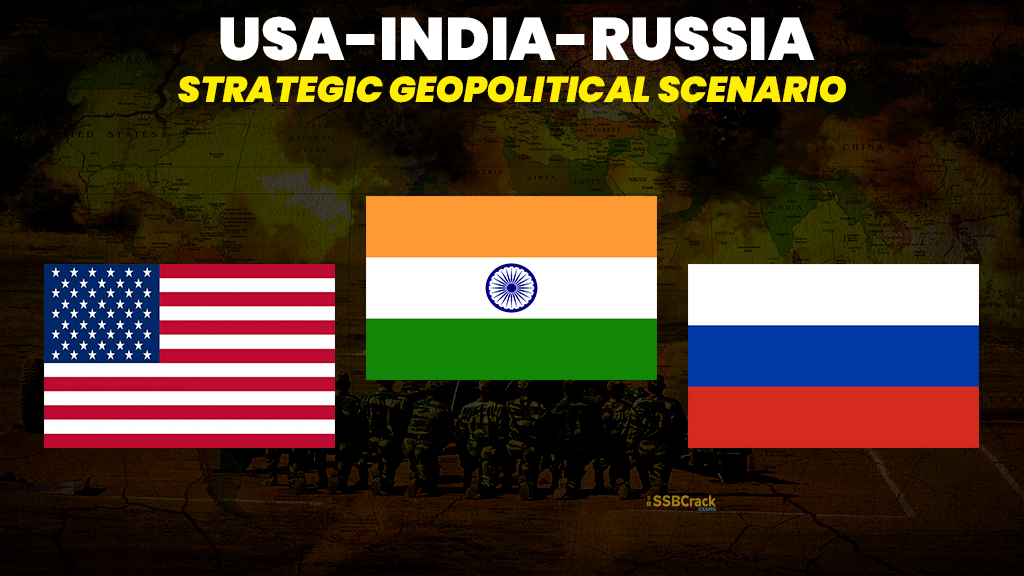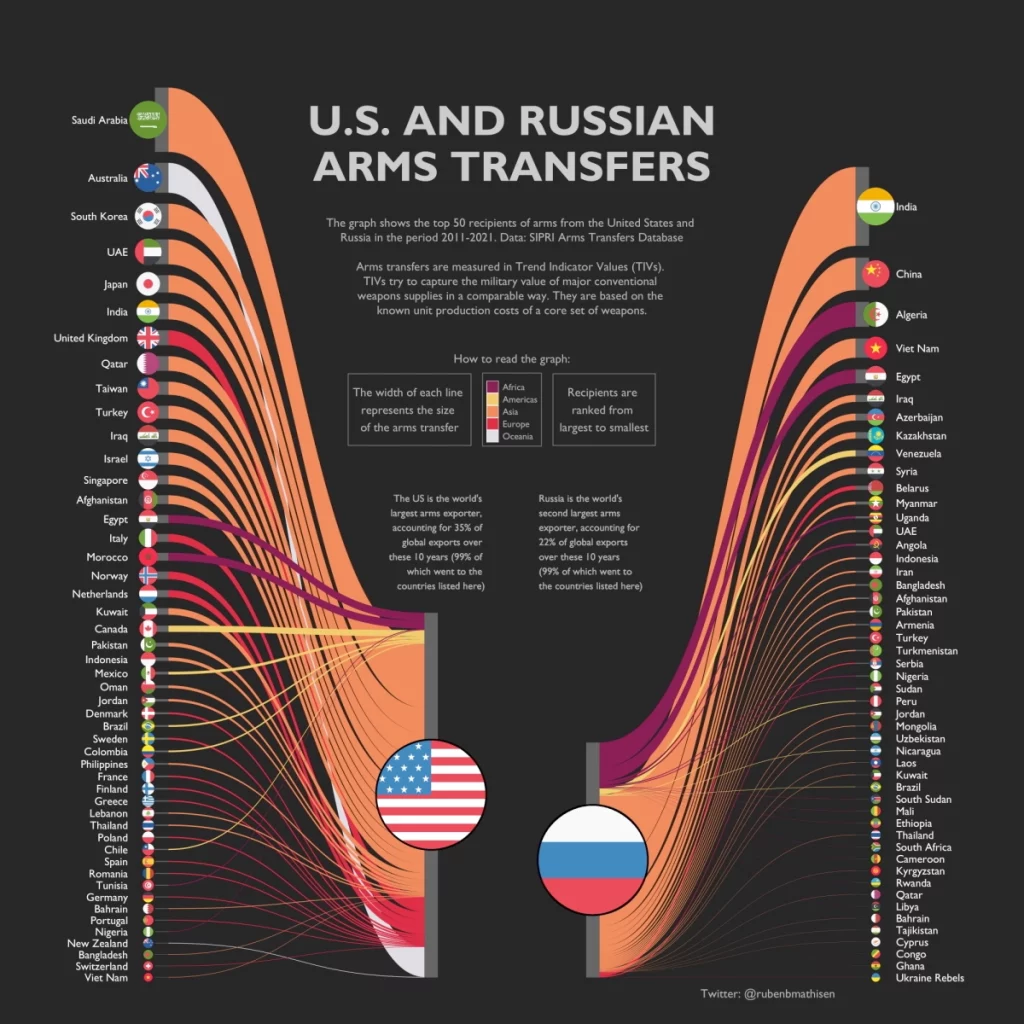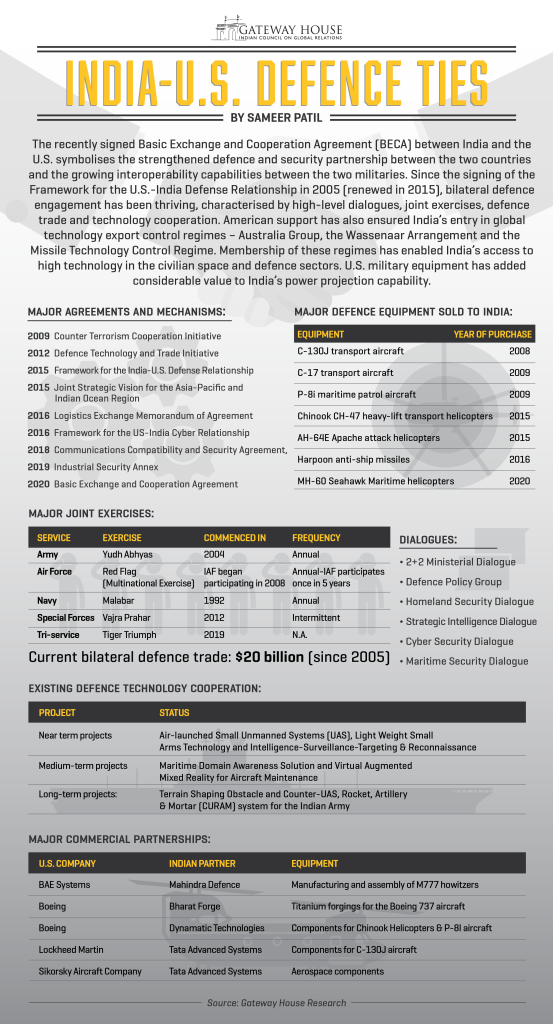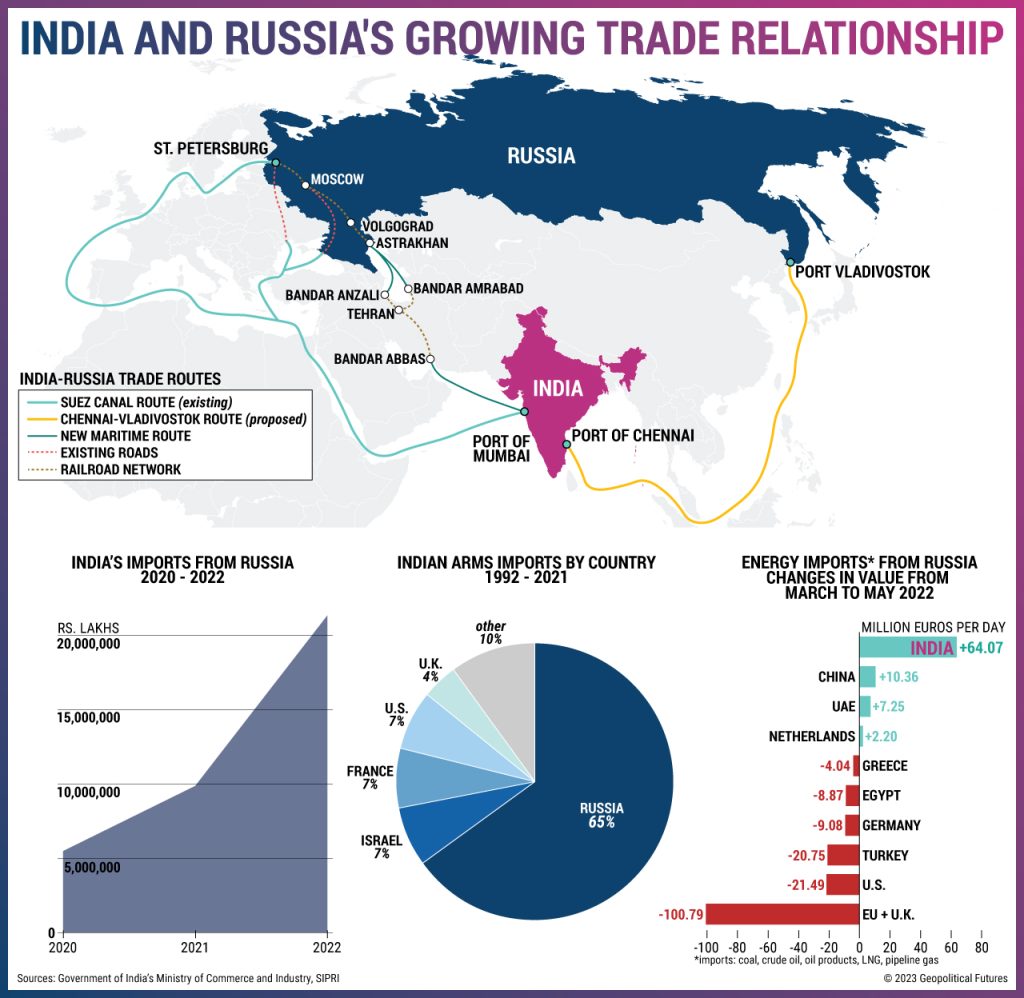Strategic Geopolitical Scenario: India and the US have become more closely allied over the past 20 years, with the US giving India more military support to strengthen its defences in reaction to China’s growth. In order to further its own geopolitical objectives, the US intends to assist India’s growth as a prospective superpower.
The US is assisting India in updating its military capabilities as part of this. India relies on Russia for its military buildups while being a vital partner of Washington, and it also gains from the US’s significant relaxation towards its conventional and nuclear upgrades.
Last month, India declared that it would devote 5.94 trillion rupees ($72.6 billion) for defence spending in the fiscal year 2023-24, a 13% rise that would place it third in the world after the United States and China. The Indian government’s increased military spending is motivated by its strategic goals of altering the strategic balance in its favour. This has a destabilizing effect on the regional strategic environment, which could jeopardize Pakistan-India’s strategic stability.
Strategic Geopolitical Scenario: Indian Ties with USA and Russia
The US granting India a waiver for entry into the NSG, together with India’s acquisition of Ballistic Missile Defence (BMD) and Anti-Satellite (ASAT) capabilities, are both reasonable destabilizing elements in the South Asian region. India has also built intercontinental ballistic missiles (ICBMs) capable of delivering nuclear warheads, such as the Agni-V. The United States has been a major supplier of advanced military equipment for India, with bilateral defence trade increasing from nearly nothing in 2008 to $20 billion in 2020. Furthermore, India’s central role in the US Indo-Pacific Strategy and the QUAD alliance represents the advancement of Indo-US bilateral relations to a “Comprehensive Global Strategic Partnership.
Despite its special strategic ties with Washington, India also relies on Russia for military modernization. Despite US and Western world sanctions on Russia and appeals to India not to buy Russian arms, India remains Russia’s largest arms buyer, with $13 billion in imports over the last five years. The purchase of Russia’s S-400 defence missile system by India to boost capability against fighter jets, unmanned aerial vehicles, and ballistic and cruise missiles could have resulted in a CAATSA sanction by the US, but this did not occur, leaving room for relaxation for New Delhi. The United States is having trouble convincing India to take a firm stance against Russia. Because 85 per cent of India’s weapons are Russian-made, it believes that condemnation will result in the suspension of spare parts supplies for its aircraft and missiles. Furthermore, India does not want to be dragged into a worsening conflict with China.
Strategic Geopolitical Scenario: India-Russia: Good Old Friends?
Despite its close strategic ties with the United States, India has refused to cut ties with Russia and join the Western sanctions. India, which was already a limited strategic partner of the US, is being questioned by international observers as a reliable strategic ally of the US on the grounds that India has adopted a muted public stance as support for Russia, which New Delhi has seen as a reliable country for arms imports for a long time. India joins the United States in criticizing alleged Chinese aggression while remaining silent on Russia’s invasion of Ukraine. The peculiarity of New Delhi stems from its strategic goals to balance the West and Russia in the evolving geopolitical context following the continuing Russia-Ukraine conflict.
The US originally attempted to strike a balance in its relations with Pakistan and India, but it is now plainly pursuing its foreign policy aims while neglecting Pakistan’s security concerns and viewing India as a dependable and powerful military and economic power. The US’s tolerance for India and growing cooperation are eroding the South Asian strategic environment. The United States’ extensive support for India is also causing discrimination against Pakistan in international forums. It has the potential to stymie negotiations between Pakistan and India, particularly the long-standing issue of Kashmir. Furthermore, these developments undermine the cause of nuclear non-proliferation and jeopardize Pakistan-India’s strategic balance.
Preventing an arms race and maintaining strategic balance is critical to regional and global stability. The growing Indo-US defence collaboration is threatening the region’s strategic stability, posing nuclear hazards with far-reaching effects. The United States bears the greatest responsibility for preventing regional arms races, increased instability, and crisis escalation. While the US has recently expressed willingness to work closely with both Pakistan and India, maintaining balance in Pakistan-India relations will be impossible until the US addresses Pakistan’s security concerns stemming from US support for India in military buildups, which has also resulted in the biassed and discriminatory role of export controls and non-proliferation regimes.
To crack the SSB Interview and join the Indian Army as an Officer, You can join our SSB interview live classes batch and we recommend you to Enroll SSB INTERVIEW ONLINE COURSE. Trusted by thousands of defence aspirants.
Also Read:
- India-UK Relations: SSB Interview Lecturette Topic 2023
- India-Maldives Relations: SSB Interview Lecturette Topic 2023
- India-Bangladesh Relations: SSB Interview Lecturette Topic 2023
- India-Japan Relation: SSB Interview Lecturette Topic 2023
- The Perpetual Rivalry: Examining The Future Of India-Pakistan Relations
